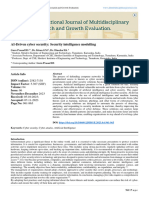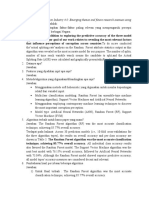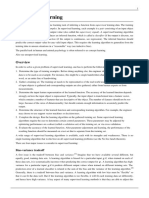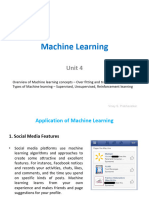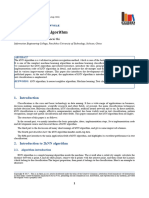0% found this document useful (0 votes)
20 views38 pagesModule I
The document provides an overview of cybersecurity, emphasizing its importance in protecting digital assets through confidentiality, integrity, and availability. It discusses key aspects of cybersecurity, including machine learning applications for threat detection and prevention, and highlights the need for robust cybersecurity measures to safeguard sensitive information and ensure business continuity. Additionally, it covers machine learning fundamentals, including algorithms, data preprocessing, and various learning paradigms.
Uploaded by
teddy haileCopyright
© © All Rights Reserved
We take content rights seriously. If you suspect this is your content, claim it here.
Available Formats
Download as PDF, TXT or read online on Scribd
0% found this document useful (0 votes)
20 views38 pagesModule I
The document provides an overview of cybersecurity, emphasizing its importance in protecting digital assets through confidentiality, integrity, and availability. It discusses key aspects of cybersecurity, including machine learning applications for threat detection and prevention, and highlights the need for robust cybersecurity measures to safeguard sensitive information and ensure business continuity. Additionally, it covers machine learning fundamentals, including algorithms, data preprocessing, and various learning paradigms.
Uploaded by
teddy haileCopyright
© © All Rights Reserved
We take content rights seriously. If you suspect this is your content, claim it here.
Available Formats
Download as PDF, TXT or read online on Scribd
/ 38








































